How do I plan for storage? Types of Storage? What to Store Where?
.
Once you've finalized your basic design, it's time to analyze your storage needs in each zone. The results of that analysis will drive the size & configuration of your cabinets and drawers.
Step 1: First, though, go through your current Kitchen. Do you need/want everything that's there now? Do you have things that you never use that can either be eliminated or be stored elsewhere? Do you have duplicates of things that you don't need but are keeping "just in case"? How many coffee mugs do you have – do you use/need them all? Do you have a collection of freebies from Home shows, etc., that you never use? Do you have old pots & pans that you never use?
For example, I went through all my storage containers and got rid of all those containers missing a lid or lids missing the matching container. I also realized I didn't need to store all my large containers that I used only for Christmas Cookies in the Kitchen taking up valuable storage space. This step alone made a big difference! I went from needing two or three 36" wide drawers for my storage containers to only needing one! (I store those large containers for cookies in the basement and bring them up in December.) One thing I also did was box up my extra colanders, etc., for my kids to use when they went off to college – that really reduced items as well!
Think about what you want to bring into your new Kitchen -- clean house now so not only will you not be bringing the same unneeded stuff back, but it will make it a lot easier when you have to pack up the Kitchen in preparation for demolition!
[You could hold a garage sale or sell them on an online yard sale site to get rid of items you don't need – extra cash!]
.
Step 2: Make a list of everything that's left and that you plan to store in your new kitchen, regardless of where it's stored now...kitchen, basement, dining room, etc.
.
Step 3: Now, take the list and group the items according to function. Will they be used during:
- Food prep?
- Cooking?
- Baking?
- Cleanup?
- Snack/Coffee/Tea prep?
- Etc.
Some items, like pot holders, may belong in two different zones (in this case, cooking & baking). For items needed in two zones, you can either find storage between the two zones or have duplicates and store one in each zone. (But, don't get duplicates unless it's absolutely necessary, you just got rid of duplicates in Step 1!)
.
Step 4: Determine where each of your zones will be (Prep, Cleanup, Cooking, Baking, Storage, etc.)
.
Step 5: This next step depends on the stage you are in the design/order process. If you've already ordered your cabinets, then you will have to work with what you have. If you haven't ordered cabinets yet, you can select your cabinets according to what you need store in them.
.
If you've already ordered your cabinets:
- Identify the storage potential in each zone and list them on a piece of paper with a section for each cabinet (base & upper) and one line per drawer or shelf in that cabinet. This includes your pantry for your "Storage" zone.
- Take your list of items and your list of cabinet spaces and, while imagining yourself working in each zone, put the dishes, tools, etc., that you will be using in cabinets in that zone. Fill in the lines in the cabinet list with these items.
.
If you haven't yet ordered your cabinets:
This is the ideal situation…you will have the opportunity to plan your storage to meet your needs in each zone.
- Take your list of items and imagine yourself working in each zone.
- Go through the motions to determine the best locations for each item that will be used and stored in that zone (don't forget that you will probably have both upper and lower cabinets).
- Now that you know where to put the items, determine what the best way is to store those items (drawer, shelf, etc.) and what size (e.g., pots & pans work best in 30" or 36" drawers)
- Lastly, transfer what you've done to your design & tweak your cabinet design as necessary.
.
This process and the resultant "map" will not only help you to "see" how things will fit, but the map will also help when you move back into the kitchen...you won't have to think about it, you'll be able to just put things away. It will also be a handy map for everyone to use when attempting to find things the first few weeks without having to open every drawer or door!
Oh, and don't forget the Junk Drawer! Most people end up with one, so you may as well plan for it so you at least have control over where it's located!
.
Regardless of how you started, you should now have a well-thought out and highly functional kitchen!
.
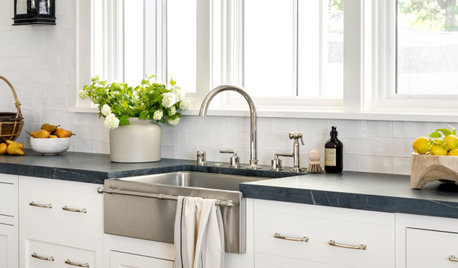

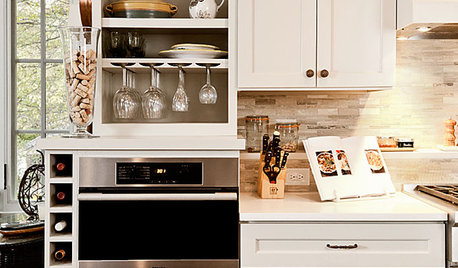
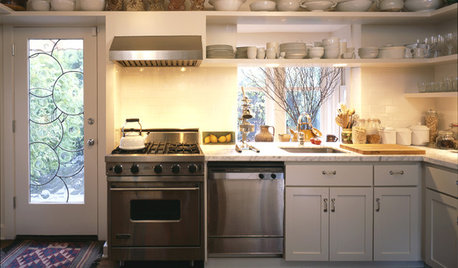
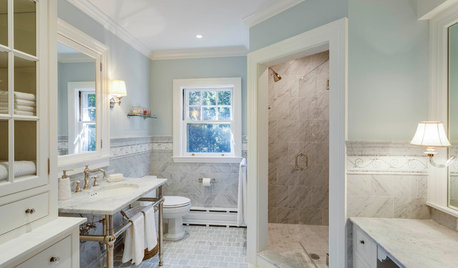
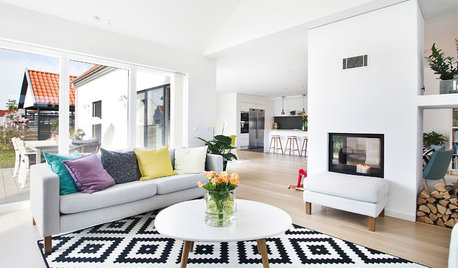


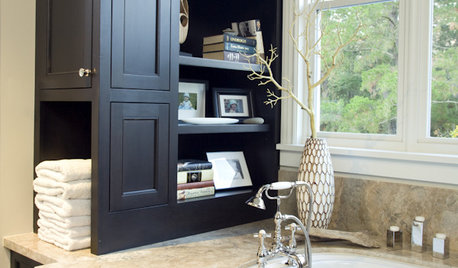
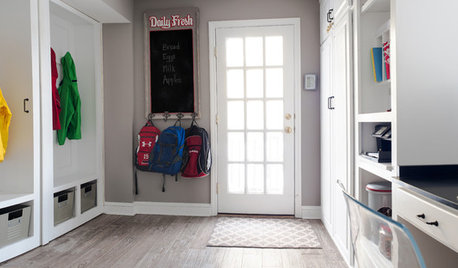





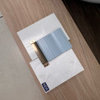
BuehlOriginal Author
BuehlOriginal Author
Related Discussions
how do you make those floor plan pictures you post?
Q
Kitchen Triangle- how to measure?
Q
New to Kitchens? Read Me First! (2020 Interim)
Q
New to Kitchens? Read Me First! (2020 Interim, Try #2)
Q
BuehlOriginal Author